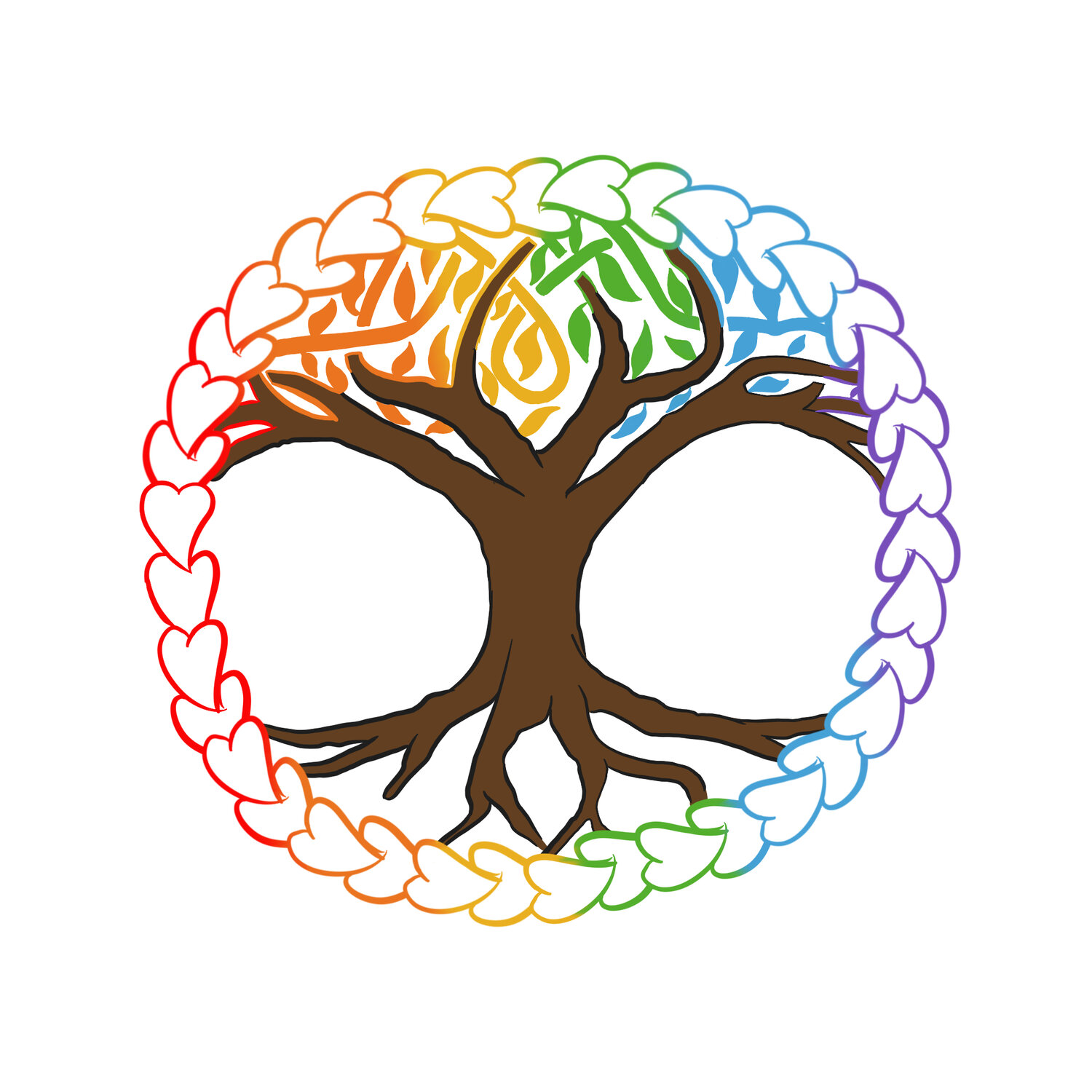SENSORY INTEGRATION AND HEAVY WORK
Most of the children I work with have at least one significant sensory integration difference that impacts their behavior. Through assessment I identify what sensory information is dysregulating, and what information is regulating. We work to decrease the dysregulating stimuli while the child learns mindfulness techniques and coping strategies to ease their discomfort. We also work to schedule sensory breaks into their home and school day that include regulating sensory stimulation.
Most kids that I work with find auditory, touch, taste/smell, and visual stimuli dysregulating and experience regulation through vestibular and proprioceptive information. Vestibular sensory information can come from spinning, swinging, and any experience in which the inner ear senses a change in location and movement. Heavy work gives regulating sensory information to children who respond to proprioceptive input; a list of heavy work for school age children is below in the post. I recommend that kids work with an occupational therapist privately, or through their school, and we can coordinate care.
Books I recommend for adults to understand the sensory integration needs of their children:
- Sensory Integration and the Child: Understanding Hidden Sensory Challenges by A. Jean Ayres, Ph.D. This is the best for understanding what is happening neurologically, and why interventions are helpful.
- Growing an In-Sync Child: Simple, Fun Activities to Help Every Child Develop, Learn, and Grow by Kranowitz and Newman. This is a list of fun activities to do with your child to help them integrate sensory information.
Books I recommend for kids to understand themselves and each other:
- Why Does Izzy Cover Her Ears? Dealing with Sensory Overload by Jennifer Veenendall. This is my favorite book for children, and read this to general education classes to help neural typical children understand their classmates.
- This is Gabriel Making Sense of School: A Book about Sensory Processing Disorder by Hartley Steiner and Brandon Fall. This does a good job of describing each sense in a way that children can understand.
Heavy Work for School Age Children courtesy of Kay Kopp, occupational therapist and faculty at University of Washington: wall push-ups; chair push-ups; wheelbarrow walk; firm pressure downward on the shoulders; carry heavy objects (stack of books, bin of materials); stack chairs or carry them to another area; wear backpack filled with books; get "steamrolled" by large therapy ball; get sandwiched between therapy mats; to-of-war with short rope; sit in bean bag chair; wear a weighted vest or hold weighted object in lap; push, pull, poke play doh or therapy putty; jump up and down on large pillow, cushion, or piece of foam; stretch rubber tubing bands with arms; jump on a trampoline; rake leaves, shovel dirt; carry bags of groceries; press hands together while briskly rubbing together; jump up and down in place, jump rope; push someone in a swing; vacuum; crawl into slim sleeping bag; cover self with heavy quilt; apply vibrating toys or objects to skin as tolerated; use vibrating toothbrush; wear lycra clothing (bikers' shorts, body suit, tights, snug fitting turtleneck); firmly massage arms, legs with lotion or oil; use inflated seat cushion for long periods of sitting; lay in a hammock; wrap self up tightly in a towel, blanket, or piece of fabric; rub skin vigorously with a towel after bathing or swimming.

